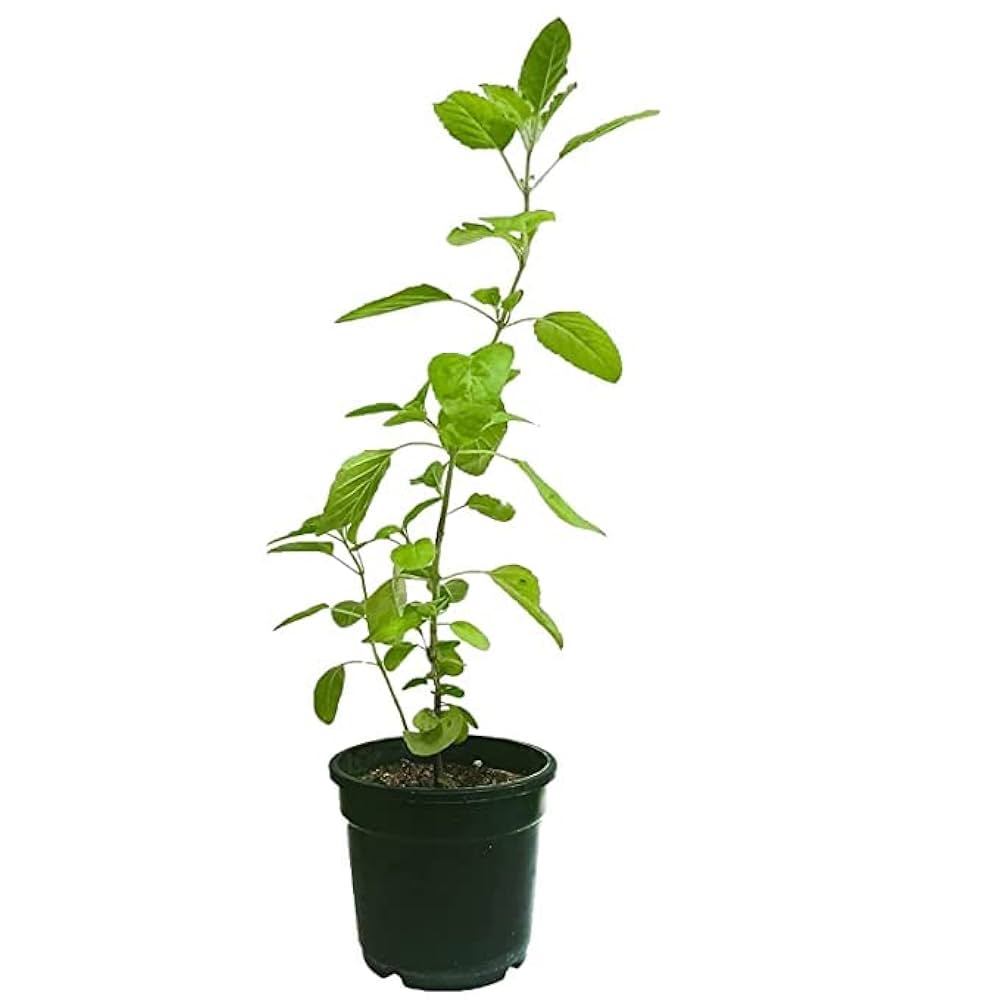🌿 Tulsi (Ocimum tenuiflorum)
Also known as: Holy Basil • Vrinda • Queen of Herbs
🪴 Plant Snapshot
| Attribute | Details |
|---|---|
| Type | Aromatic Medicinal Herb / Sacred Plant |
| Category | Outdoor • Balcony • Kitchen Garden • Spiritual & Ayurveda Garden |
| Botanical Name | Ocimum tenuiflorum (also known as Ocimum sanctum) |
| Toxicity | ✅ Non-toxic – Safe and edible; used in rituals, medicine, and herbal teas |
☀️ Growing Conditions
| Light | ☀️ Full Sun – Requires 4–6 hours of direct sunlight daily |
|---|---|
| Watering | 💧 Moderate – Water when topsoil feels dry; avoid overwatering |
| Humidity | Thrives in warm and humid conditions; protect from frost |
| Soil | Well-draining, fertile soil enriched with compost |
| Fertilizer | Organic compost every 3–4 weeks; avoid chemical fertilizers |
🌱 Growth & Features
| Growth Habit | Bushy, aromatic herb with green or purple-tinged leaves |
|---|---|
| Flowers | Small, purplish or white flower spikes that attract bees and butterflies |
| Height | Typically 1–3 feet tall; responds well to regular pruning |
✨ Uses & Benefits
-
🕉️ Highly revered in Hindu rituals and daily pooja; believed to bring peace and protection
-
🍵 Used in Ayurvedic medicine for immunity, digestion, stress relief, and respiratory wellness
-
🐝 Attracts beneficial pollinators to your garden
-
🌿 Easy to grow from cuttings or seeds; thrives in sunny balconies or courtyards
💡 Fun Tip
Plant Tulsi in an earthen or clay pot, and water daily before sunrise as part of your morning ritual 🌞🌱. It’s said to purify the air and uplift the energy of your home.






Reviews
There are no reviews yet.